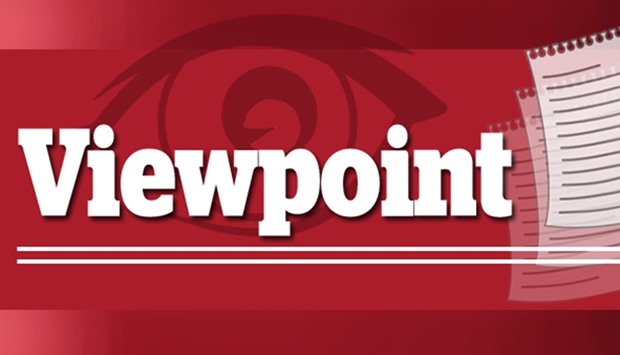As the dust settles from the November 8 US elections, and Donald Trump moves over to the White House, economists worldwide are assessing the likely effect of the Trump presidency from a macroeconomic, political and sectoral perspective.
Many of them believe ‘Trumponomics’ will have a major impact on both the US and global economies. While some see upward revision in the US real GDP growth forecasts, in the short to medium term, amid expected supply-side reforms and tax cuts, others expect far less in the way of both tax cuts and expenditure increases than Trump has proposed.
Trump took office on Friday promising to strengthen the middle class and put millions of sidelined workers back to work by spending big on the nation’s ageing infrastructure, playing tough on trade, and cutting taxes to spur investment.
Despite Republican control of the Congress, Trump may face political hurdles passing his most ambitious policy proposals, BMI Research said in an analysis. The Fitch Group company remains cautious in its outlook on potential growth over the medium-to-longer term, given Trump’s negative stance on international trade and immigration.
Core US industries, from autos to telecoms are likely to face a different set of challenges or opportunities under the Trump administration. On the upside, some analysts see the Republican pledge to lower the corporate tax rate as a common denominator that benefits firms across the industry spectrum.
Trump’s repeated comments on enhancing the US infrastructure, including roads and bridges that need immediate overhaul, point to an uptick in infrastructure build up in the next six months to a year. The oil and gas and the coal sector may also get a boost with Trump focusing on energy security for the world’s largest economy.
While Trump won the November 8 presidential election on the back of economic plans such as cutting personal and corporate taxes, restructuring US trade deals and introducing large fiscal stimulus measures focused on infrastructure and defense, the fact remains he was not always consistent on his economic plans during the campaign.
He rewrote his tax plan twice. He had it both ways when it came to the Fed’s low interest rate policy.
This lack of consistency, coupled with a style of delivery that often leaves room for multiple interpretations, has made putting numbers on Trumponomics challenging.
The Trump camp highlights tax cuts, deregulation, and more federal spending as a classic remedy for economic stagnation and long unemployment lines.
But that “medicine may be too strong” for an economy that has grown for eight years, with wages now rising and the jobless rate near what many economists consider “full” employment.
A Reuters’ analysis of regional jobs data and historic trends suggests that stimulus could boost demand for workers in areas where labour is already tight. That in turn, could stoke inflation, force the Federal Reserve (Fed) to raise rates faster than expected, and make recession a greater threat.
Perhaps what the country needs now, labour economists and Fed officials say, is a small-bore surgery – policies focused on depressed regions in its rural areas and the industrial heartland.

Viewpoint


